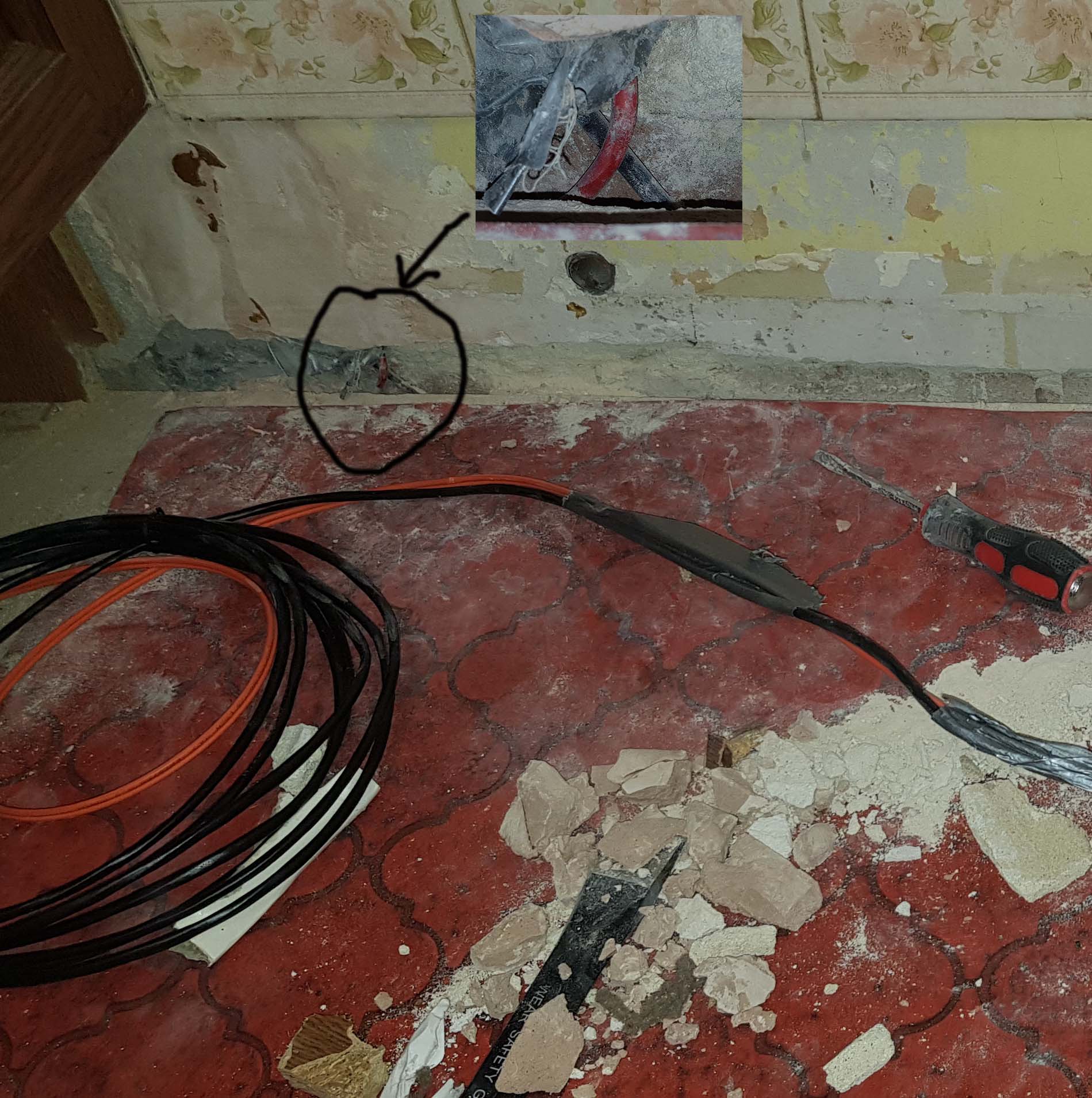- Joined
- 26 Aug 2016
- Messages
- 6,830
- Reaction score
- 1,009
- Country

Sorry, I should have said does the theory say they should go, rather than the regs. But thanks for clarifying as I didn't have the reg wording available.It says 'appropriate protective conductor' so I would think not.
That's not really one conductor if the MET is in the CU, it's two. I don't understand how you can have a one conductor situation at all, the current can't enter the CU without leaving. One conductor is the bonding conductor entering the CU and as you say, the other is the main earth connecting to the supplier earth. They balance each other (I wouldn't like to say which is "flow" and which is "return" though.If high currents were to flow in a bonding conductor, it would presumably be from the provided earth (TN or TT) to an extraneous-c-p. That is a 'one conductor' situation, with no other conductor carrying a 'balancing return current'.
I thought that was one of the reasons the bonding in PME had to be large, because some of the neutral current in the whole network may be diverted through the bonding.I would not have thought that high currents in either CPCs/Earthing Conductors or Main Bonding conductors are likely to persist for long enough for the effects of eddy currents to be an appreciable concern.

